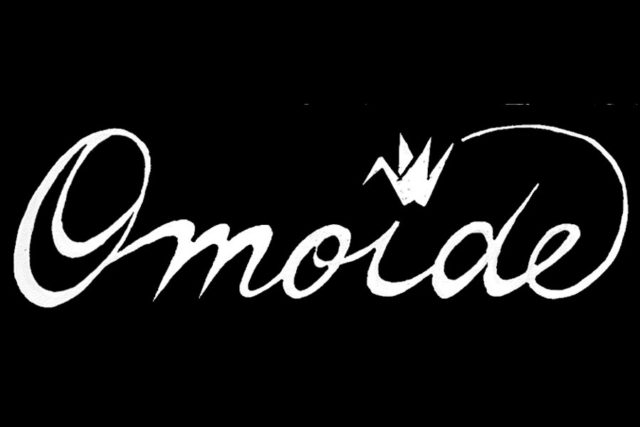by Keiko Kay Hirai , For the North American Post
My childhood memories of the year-end traditions of growing up in Kyushu, Japan, always flood my mind duringthe New Year season. I went through a cultural shock upon arrival in America at the age of eleven. I saw how differently people in America celebrated the coming of the New Year- lively New Year’s Eve parties, waking up late on January 1 and watching football games, while munching on party foods- was all foreign to me.
 My favorite childhood thing was to dress up on New Year’s Day. I dressed up in my colorful kimono and visited the nearby temple. I wrote my wishes on a piece of rice paper and hung them on the large tree on the temple’s grounds. I can still remember the birds on the branches and a few stray cats coming up to me, purring to be fed.
My favorite childhood thing was to dress up on New Year’s Day. I dressed up in my colorful kimono and visited the nearby temple. I wrote my wishes on a piece of rice paper and hung them on the large tree on the temple’s grounds. I can still remember the birds on the branches and a few stray cats coming up to me, purring to be fed.
On December first, at my home in Kokura, Mother would say, “Keiko,we are going through each room to clean every nook and corner. Here’s a check list , to be a good girl and do your part.” Without argument, I helped Mother clean all the shoji screens, decluttered the drawers in every room and scrubbed the marks off the walls.
My Mother’s to-do list for me:
1. Do you owe anyone money? Pay it back;
2. Did you say mean words to your friends? Apologize;
3. Did you mean to do a kind deed for someone? If not- do it now;
4. Do you have any unfinished homework or projects? Complete them;
5. Did you think about what you would do in the coming year to become a better person? Write it down and bring them to the temple on your next visit.
After I finished my to-do list, it was time to relax and enjoy. On the evening of December 31, Mother and I sat in our clean house and enjoyed a traditional bowl of buckwheat noodles, topped with grated mountain potatoes. While the slippery noodles went down our throats, we listened to the faraway sounds of the temple bells as they rang out the exact number of the year we were about to enter.
Mother said, ”Keiko, soba noodles are the last to enter your stomach this year. This is cleansing. You will start the New Year with a clean body and a clear mind.“ I loved getting up early on New Year’s Day. Mother dressed me in a colorful kimono. We visited the temple and prayed for a year with good relationships, health and wealth. After that, we went home, ready to have fun playing games with neighborhood children and eating traditional New Year’s food that Mother prepared.
Japanese New Year’s is called “shogatsu” and lasts for three days from January 1st to 3rd. I still take this tradition seriously, trying my best to follow through as much as I can with the list my Mother made for me. Why not try to follow this list, or something similar, yourself? I guarantee it will make you feel much better. Out with the old and in with the new.
Keiko Kay Hirai is a successful Mercer Island business owner and a multi-talented artist, instructor, community leader, lecturer and author. Keiko was born and lived in Japan during WWII while her Nisei mother was visiting her parents’s hometown in Kokura in Kyushu island. Keiko’s first book, “Keiko’s Journey”, recalls her early childhood in wartime Japan. She is an early participant of the Omoide (Memories) program.
Edito’s Note – This article first appeared in Ms. Hirai’s monthly business newsletter.








